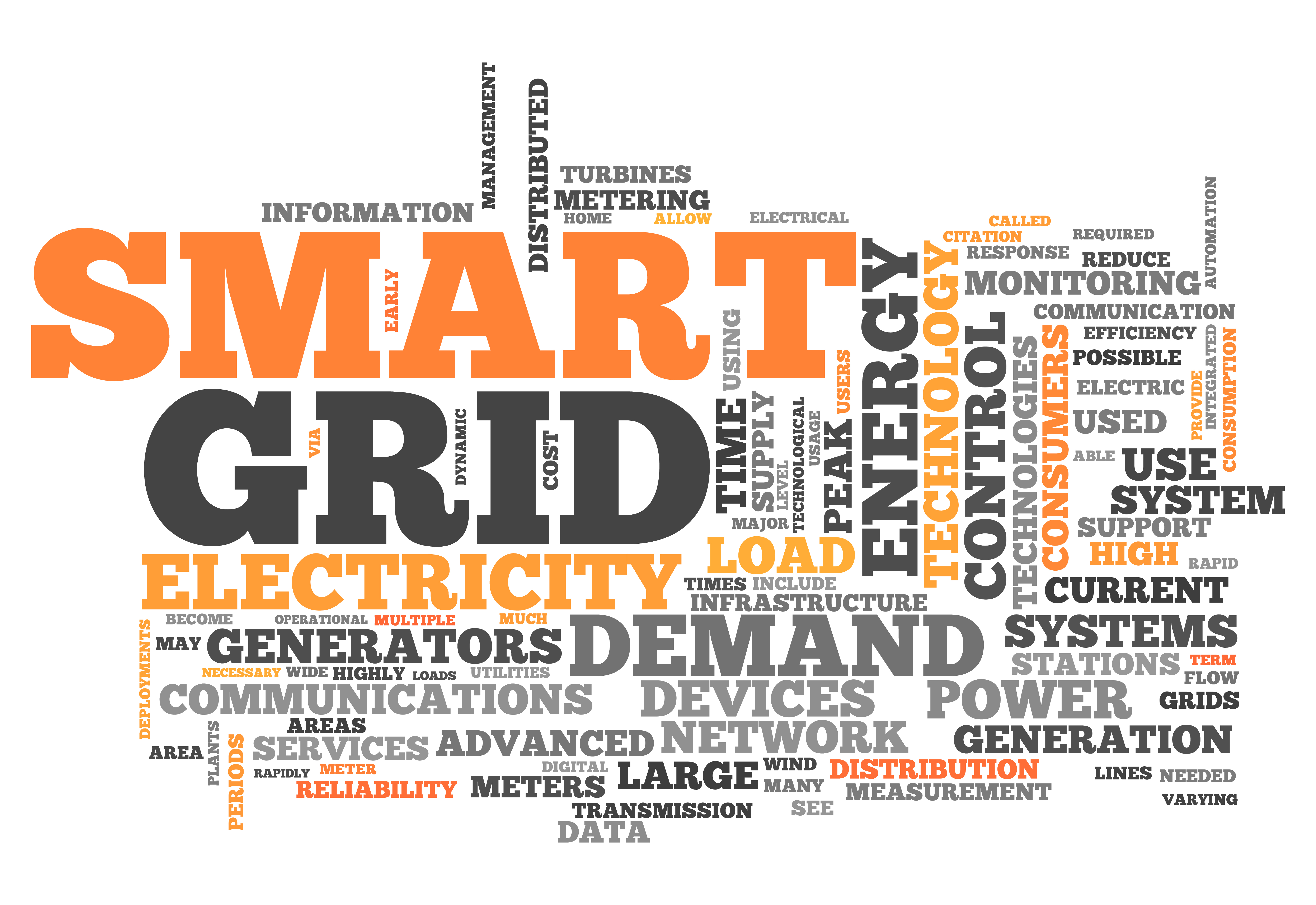
A few years ago a successful Meter Sales Person managed the relationship with the Utility Metering Department. Not always the easiest job but if your employer sold quality products then life was simpler. If your meters already met both the utilities specifications as well as hitting the price target then you faced few objections.
Trust established over many years your relationship was with the Utility Metering Department. You knew the team well and had worked with them for many years. You might even have joined the same utility as an apprentice and worked together. Like you the utility guys were engineers.
As the meter was the utility’s cash register, meter accuracy was important. Installed at the customer’s home safety was no less important. Let’s face it the people that made the metering decisions were important.
In meetings you talked about compliance to standards and specifications. You talked about metrology and meter design. In reality you worked with your customer to develop compliant meters at the right price. A new meter might take years from initial discussion to manufacture and final delivery. Through this process you discussed budgets and price so surprises were rare.
You were the technical account manager or sales engineer who owned the customer relationship. Your colleagues visited the customer with your permission and in your presence.
It stayed this way for many years. There were few competitors. People knew each other well and rarely changed jobs. You might have been one of the few having left the utility to join the manufacturer.
Then came smart metering. At first this was a bit like a digital display on an old washing machine. It did the same thing inside but looked cool and cost more. Then the guts of the meters changed and the metrology became electronic. Still selling standalone devices you’re job as an account manager didn’t change much.
More accurate meters with internal memory but still designed for each utility. In reality designed for each Utility Metering Department.
Then someone thought it would be a good idea to read the meter data automatically (AMR). The meter needed a modem inside and the journey to a solution began. Sometimes this modem connected by wires and sometimes it was a radio. This merged a mobile phone with a meter and sometimes the modem cost more than the meter. For high usage or high theft customers it made sense to spend the money.
Now your job changed. You found yourself talking less about the meter and more about the modem. Much more time talking about the modem, the network and where the data went.
This was a new world with few standards. Each manufacturer handled things in their own way and few supplied both a modem and a meter. Different companies needed to work together to supply a solution to the utility. They don’t like doing that. All the utility wanted was a simple solution with a meter sending data over a network to a computer database.
You were learning how this brave new world worked at the same time as your customer was trying to learn as well. No one in the meeting had the answers. You arranged customer meetings in the hope the customer would tell you what they wanted. The customer attended those meetings hoping to find out what you were trying to sell.
While this was happening changes began to occur within your customer. Not obvious changes but important ones. The meter connecting to a central database scared the Utility IT Department. This was a team you hadn’t spent much time with because you didn’t need to. They raised valid security concerns with this connectivity at executive levels. When meters were standalone non-communicating things no one worried too much about IT Security. The world was changing. The Cash Register at the home was now directly connected to the Billing Platform.
Attracted by predictions of a brave new industry competitors began appearing. Not just with meters but also communications, software platforms, etc. Your customer saw this competition as good and the price of your meter started to look expensive. At least in the eyes of your customer being the Utility Metering Department. They didn’t think about the rest of the solution.
In this new world the meter represented a smaller percentage of planned Utility expenditure. Upgrading to connected devices like meters was more of an IT Cost now than a Meter cost. Without you knowing it the budgets for networked meters (AMI etc) became IT Budgets. This might not have been obvious to the Utility Metering Department either.
You might not have known that you were talking to the wrong people in the customer!
There are loads of selling and major account management lessons in this situation. After years of stability this change within the customer happened almost overnight. You were still measured on how well you knew a small team in your customer but things had changed.
Now your customer was selecting complex IT and Communications solutions. Not just meters. The customer budget had moved and meter buying decisions became based on Business Cases. Not just lowest price.
The larger expenditure moved towards the core of the network. Away from meters and into licenses although you were still under pressure for a cheaper meter. The Utility Metering Department measured meter price from one vendor against another.
In the bigger picture though at an executive level meters were looking much cheaper. This was because the IT spend for the solution was high. Made worse by a move towards an annual OPEX license fee rather than CAPEX cost for the meter.
Today your customer makes buying decisions in a different way. The decision makers are different. The process is different. The technology is different. The costs are different. Your customer is different. Their business is different. Today it’s about vendor selection, approved business cases as well as technology. Sometimes even Government approval.